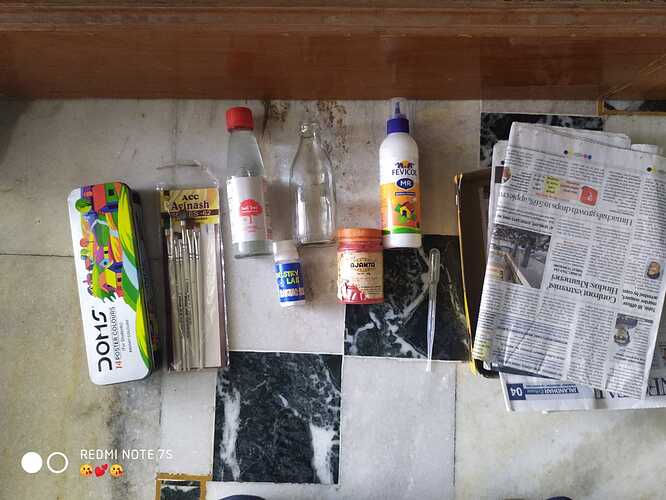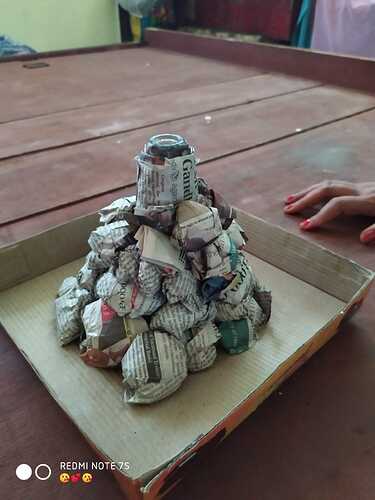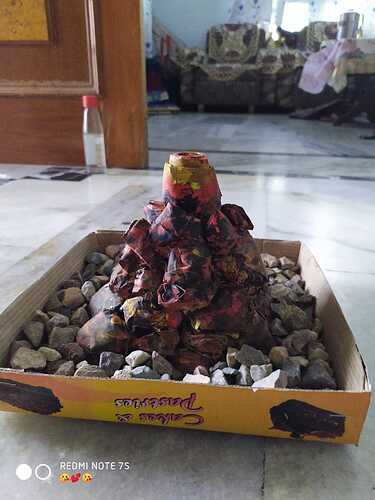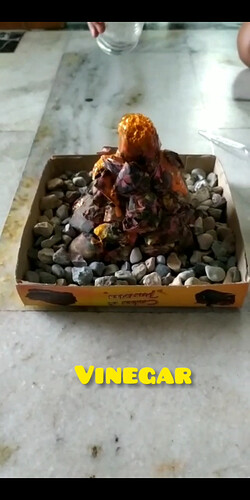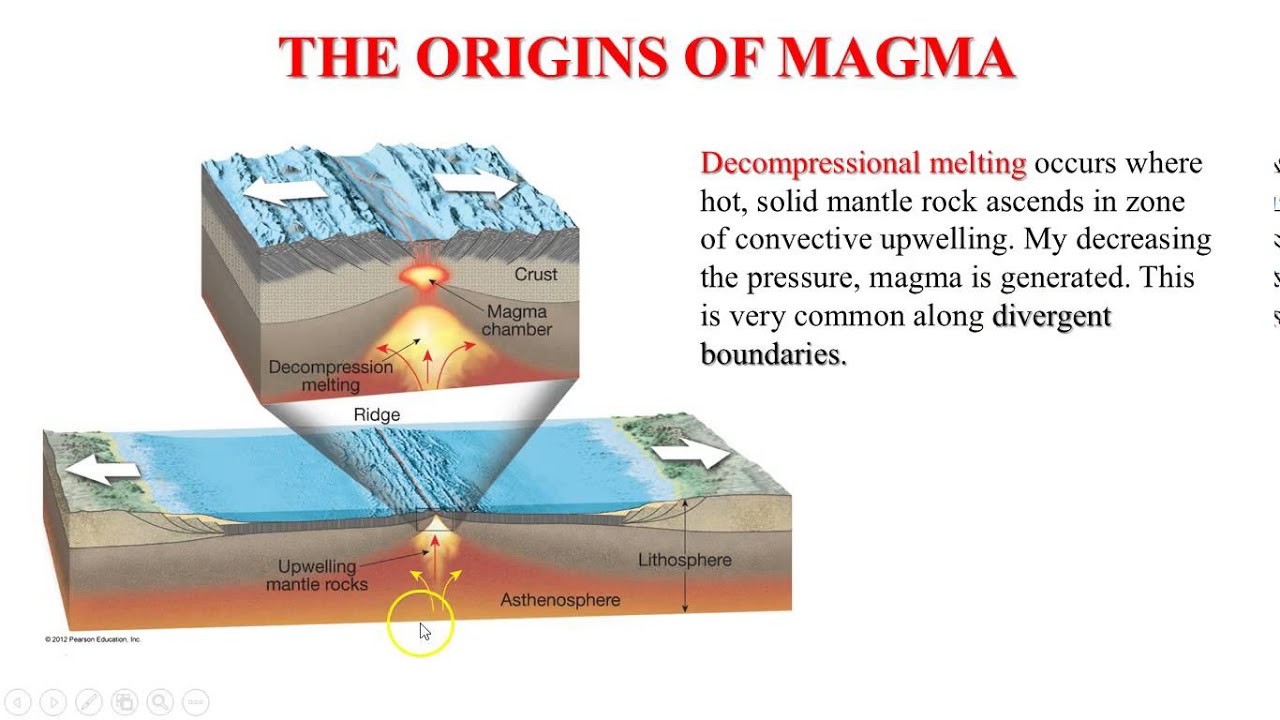The thermal dynamics of the planet are actually quite curious. Beneath the surface, a massive amount of iron, in liquid form, spinning out of sequence with the exterior, creates a magnetic moment that, over the eons, has flipped over 180° several times. Even now, it rotates at an angle to the main spin of the planet.
The planet is bathed in solar radiation, both thermal and nuclear. The main effect of the nuclear radiation, however, is shielded by a cloud of particles orbiting around the planet, thus enabling complex life forms to exist o above the surface. This is not deliberate, however, and yet, without it, only the simplest of organisms could have survived the intense radiation. The magnetic moment of the planet keeps these particles in orbit. Apart from life forms, the net effect of the radiation heating might also have affected the ability of the upper surface to solidify into rocks.
Like most of the planets in solar orbit, the gravity of the earth helps to hold gaseous elements close, although not much, just a few kilometres thick. It is enough to also keep water on the surface in liquid form, and in the atmosphere in gaseous/vapour form, without escaping into space. All these factors contribute to the existence of life forms on the planet.
The molten materials beneath the surface occasionally break through, typical in places where the solid surface is thinner, and also places where the large segments of solid materials (‘plates’) meet. These plates are scraping against each other, causing both earthquakes and the escape of liquid matter, the lava of volcanoes.
Sometimes, when the plate movement forces liquid up, but the surface is too solid, the pressure builds up until it is released in catastrophically large amounts. The most recent massive explosion was in the early 1900s, when an entire volcanic island in the Pacific Ocean, Krakatoa, blew up. The overall solid content thrown into the atmosphere was so vast that it was visible for years afterwards, in the form of massive distortions of sunlight all over the world, in the mornings and evenings.
What was not possible to experience was its effect on electromagnetic emissions, as the use of atmospheric radio communication was in its infancy at the time. When that happens again, as it certainly will, sooner or later, it will instantly disrupt all modern forms of wireless communication, both terrestrial and satellite.
The flipping of the magnetic poles will also completely disrupt our present usage of electromagnetic wireless communication.
It is important to understand this, in order to plan for survival of industrialised society.
